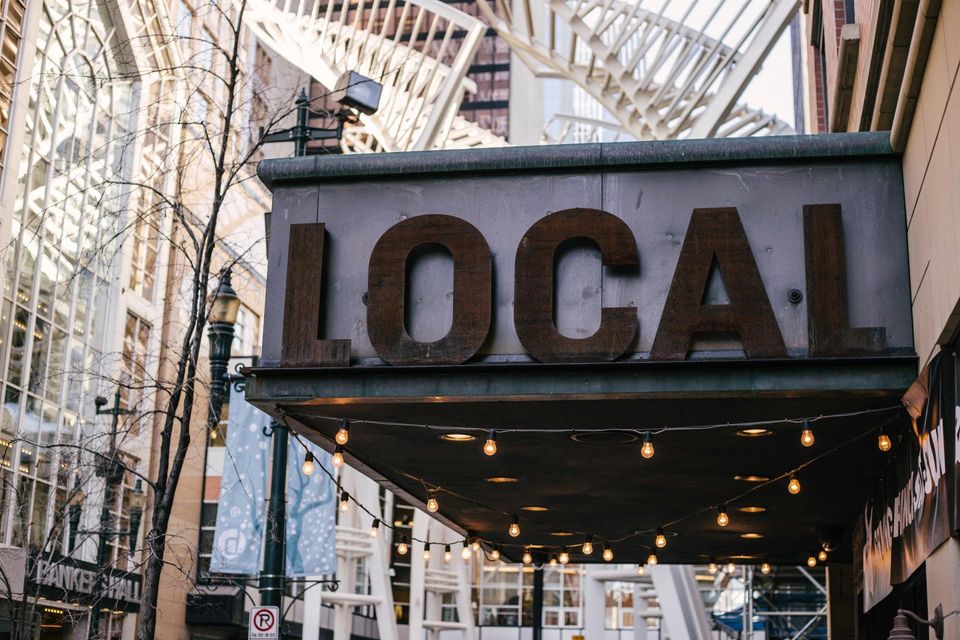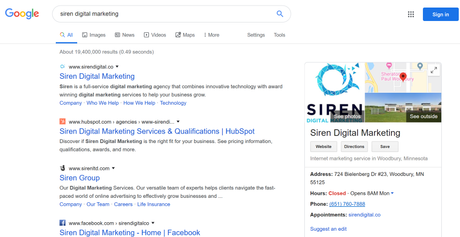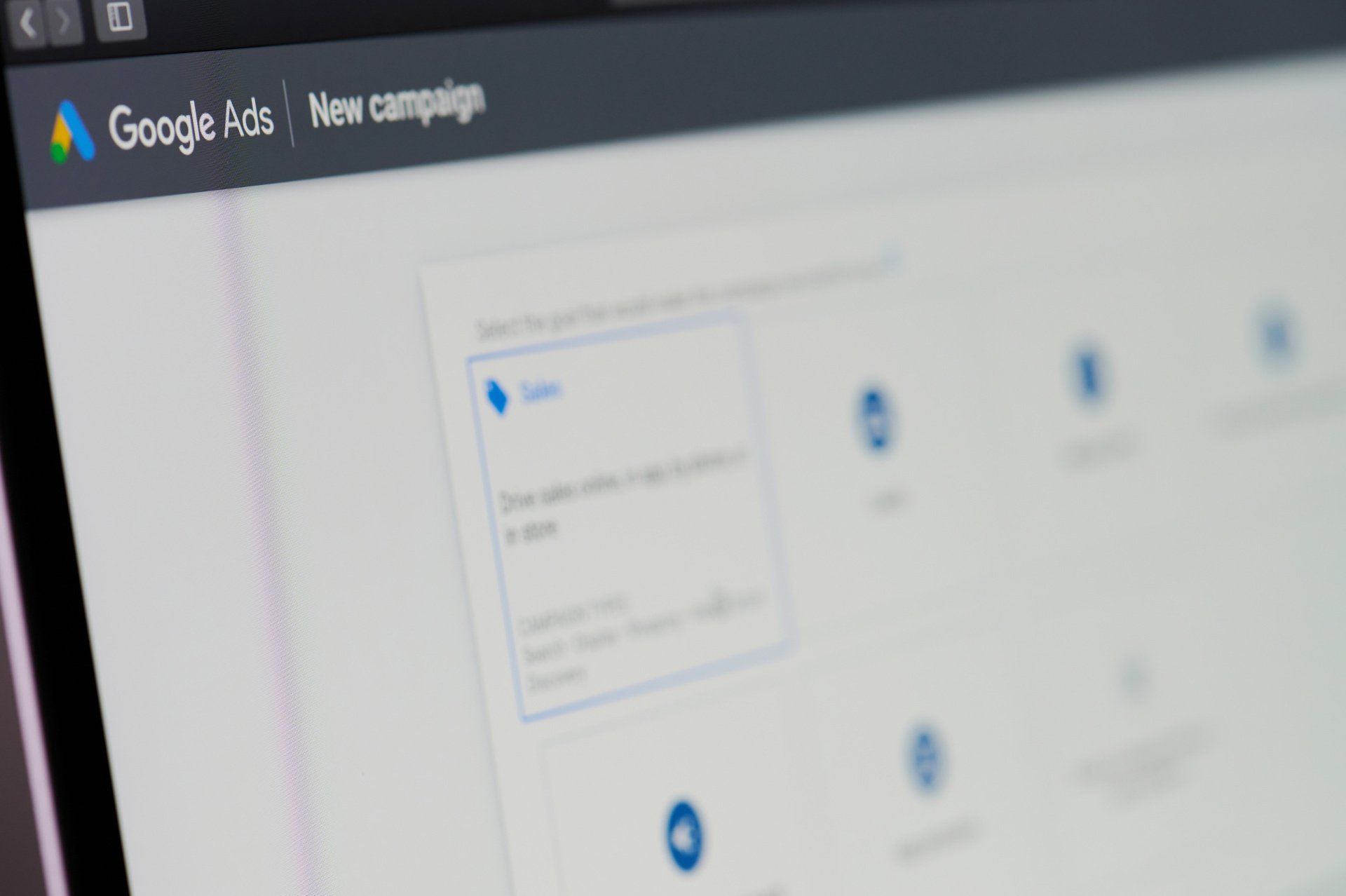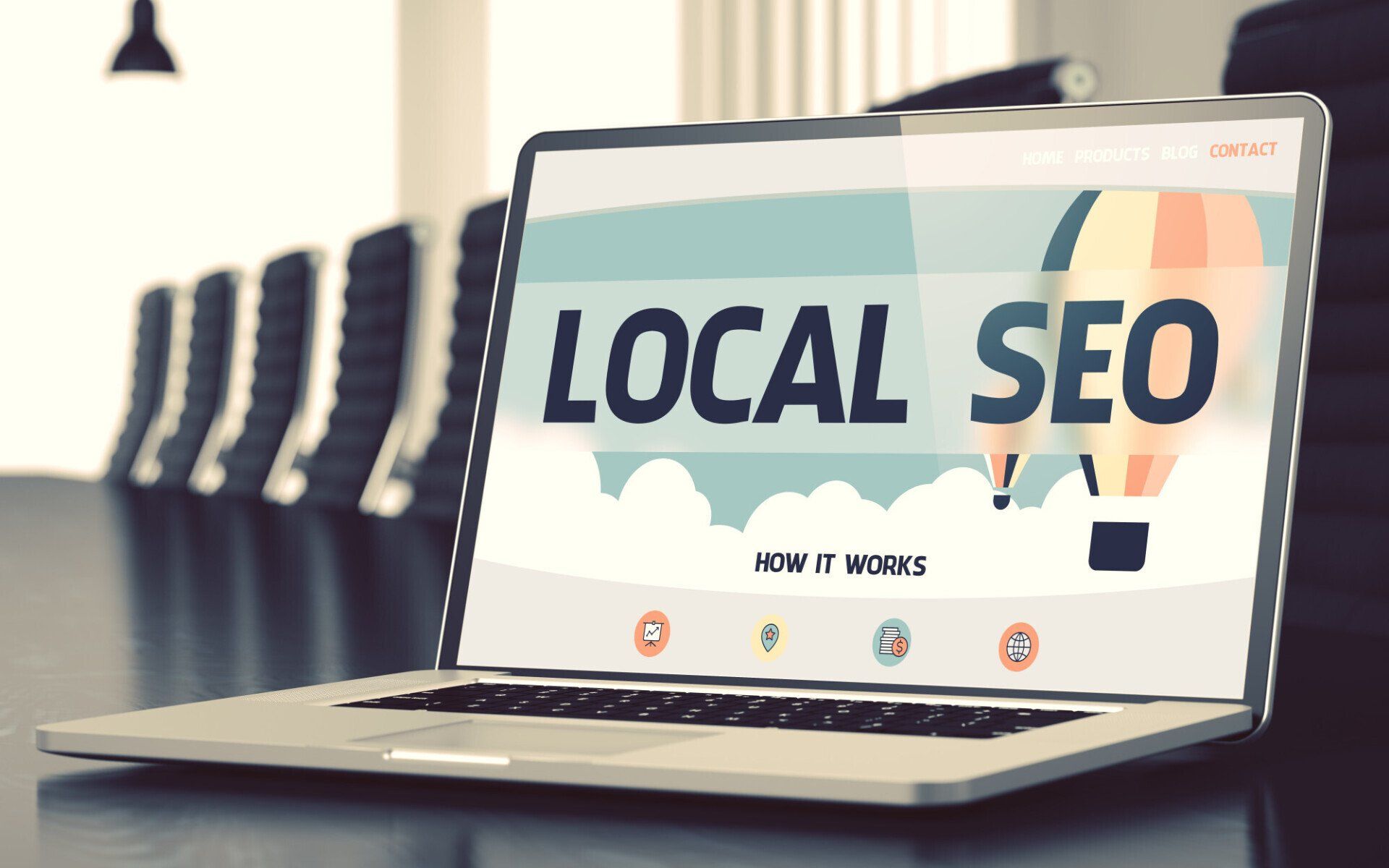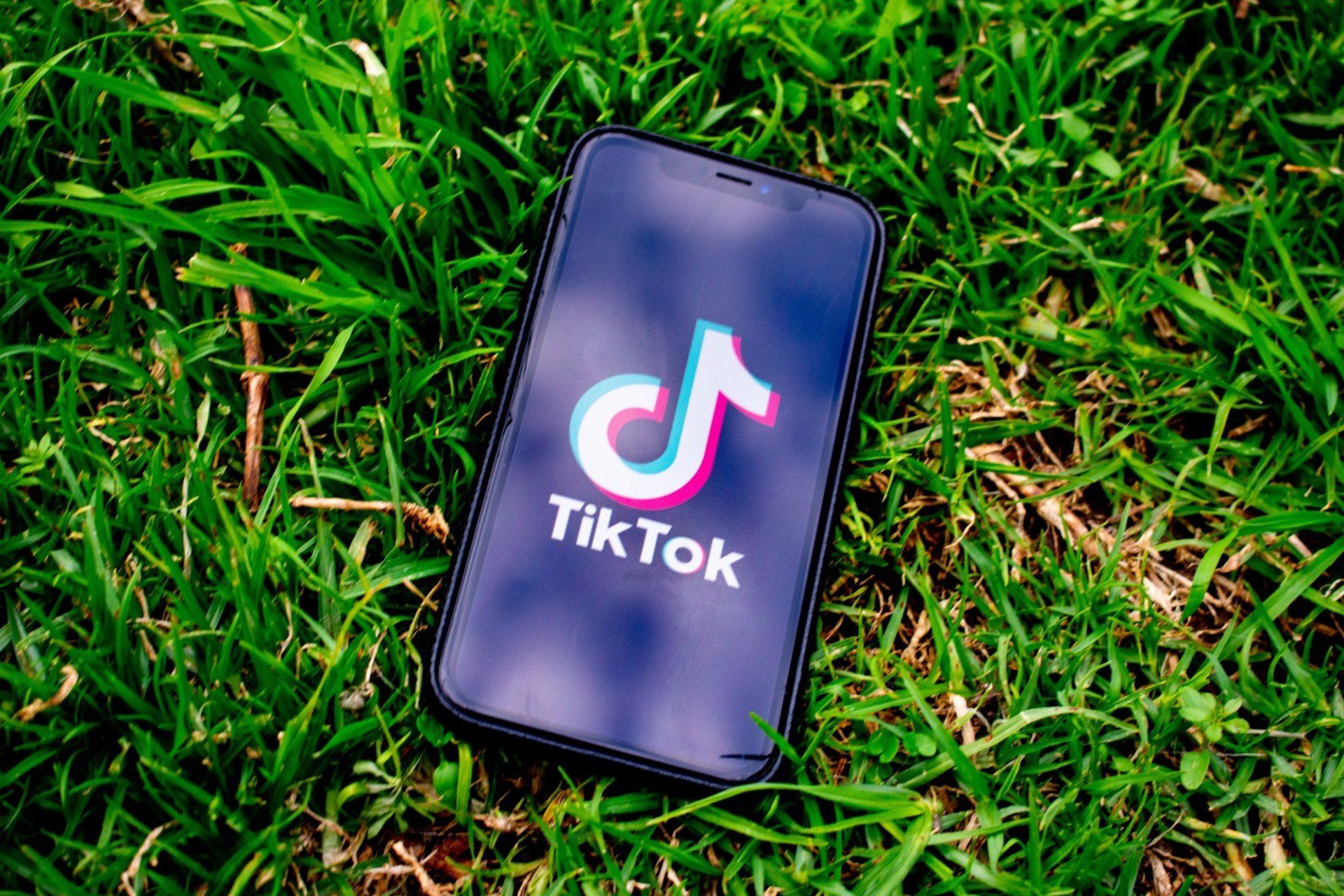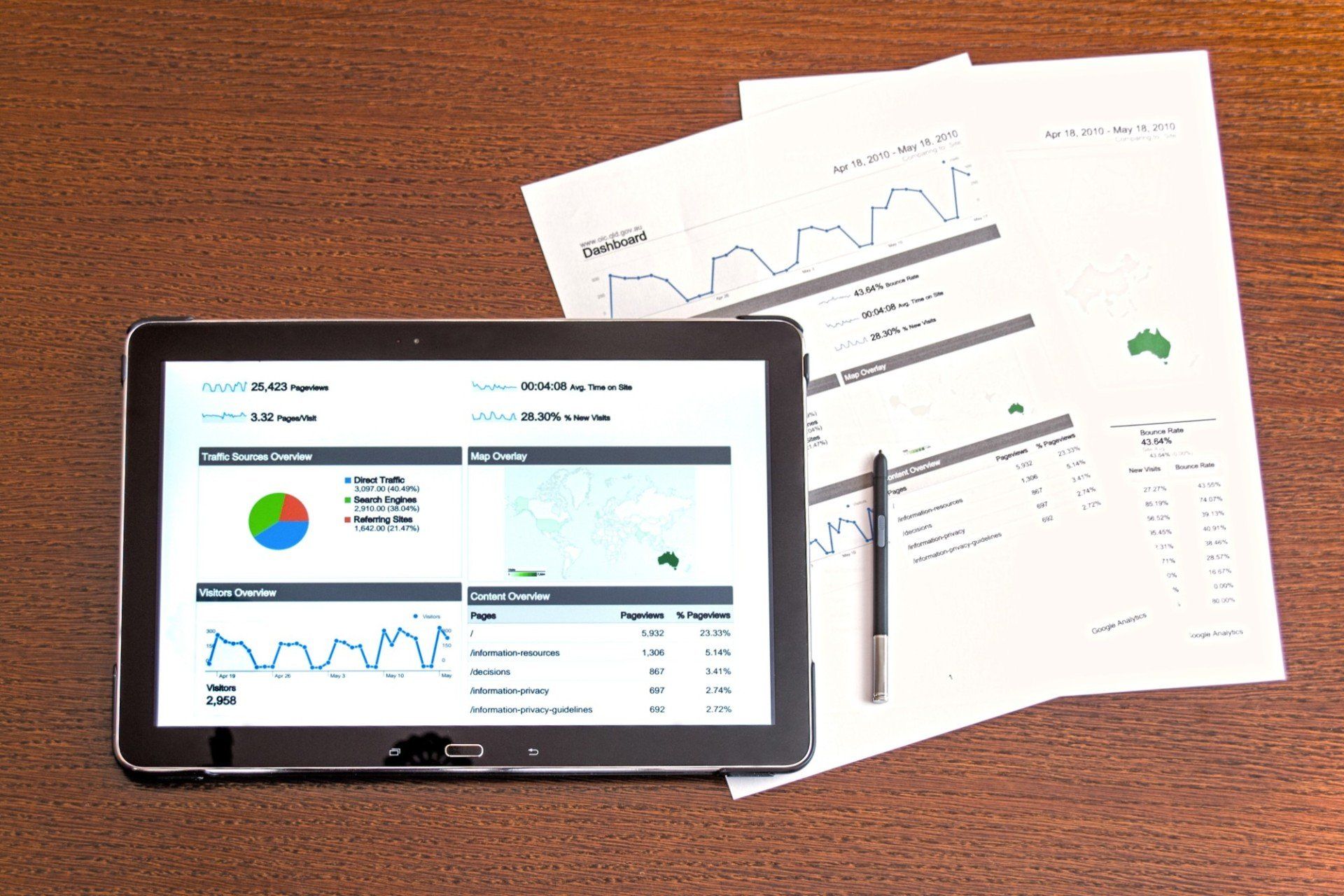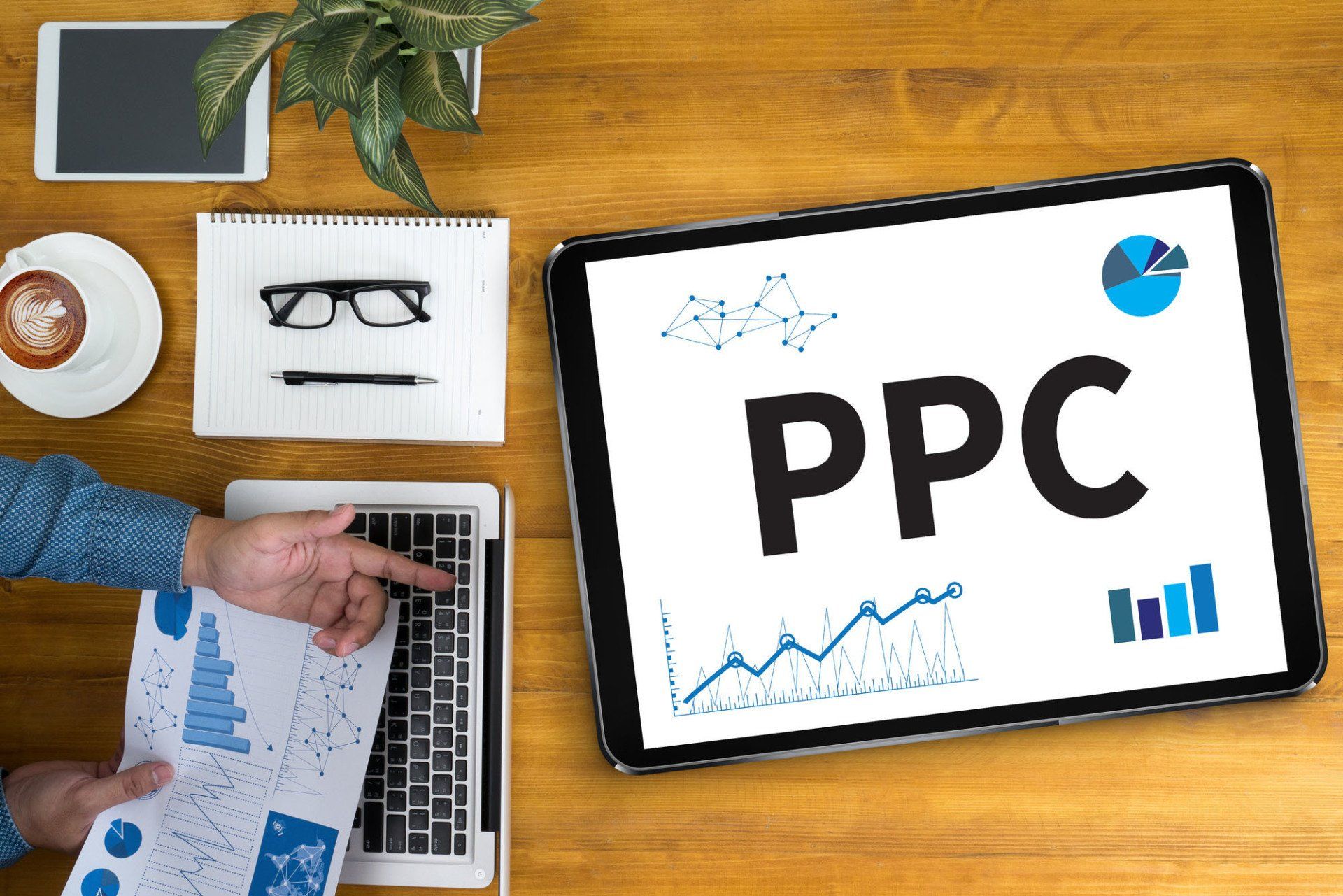The Complete Guide to Local SEO in 2020
Paul McIntosh • December 29, 2019
Local SEO for small businesses will be more important than ever in 2020. Nearly 80% of all consumers used search engines to find localized information in 2019. In 2020, if your local business isn’t optimized for search results, you could be giving up 4 out of 5 potential customers to a competitor. To put it simply, small businesses must make local search engine optimization a priority this year if they wish to remain relevant.
To help you optimize your website for local search, we’ve created the complete guide to local SEO in 2020, full of user-friendly SEO tools, best practices for optimizing your website, and super easy to follow local search hacks to help your business grow.
After reading this guide, you will have a firm grasp on what action is needed to content to reach prospective customers who use search engines regularly to determine which local services/products to buy.
Local SEO Defined
Local SEO is simply the practice of search engines prioritizing the results it shows to a consumer based on geographical location, or geographic terms entered into the search box.
This practice helps small businesses show their products and services to prospective customers who are local to the business and typically, actively looking to make a buying decision.
Search engines, primarily Google and Bing, are able to do this by indexing unique information for local SEO that it might not otherwise collect on global results. In most cases, this is information collected from the consumer, like the location of their device matched with local businesses, who’s sites are optimized for that users intended search.
For small businesses who want to benefit from local search traffic, we cannot control the location of a potential customer, but we can control how well we optimize our content for the local marketplace.
Implementing Best Local SEO Practices
To succeed in local search, there are a few key best practices to follow: optimizing your Google My Business is a must, focus on optimizing your website, especially your website speed (this is known as on-page optimization), and ensure your local directory listings and links are up to date. For any small business owner, this can seem like a lot to handle, but rest assured it’s not as complicated as it sounds, and were going to walk you through each one to help ensure your success in 2020.
Optimize Google My Business
If you’ve been living without the internet for the last decade, or you’ve just ignored the trends, then let’s introduce you to Google My Business, which has become one of, if not the most important resources in recent years when it comes to local search. Google’s job is to provide the most relevant and up to date content it can find for any given search. Google’s My Business tool is a way for Google to verify the authenticity of a business, it’s information, website and reviews. Businesses that can be verified as legitimate, will earn a powerful business listing display on the side bar of certain Google searches.
The first step in optimizing your Google My Business is to create your listing and go through the process of verifying your business. Once you’ve been verified by Google, you can submit updates about your business through posts, encourage, share and respond to reviews from your customers, and ensure your business is listed in Google maps.
To get started with Google My Business, follow Google’s simple set up process here, or give us a call and we can help.
Optimize Your Website for Local SEO
Now that we covered Google My Business, were going to go through a few simple best practices to help optimize your website for local SEO.
1. Improve Your Websites Speed
While this is actually important for all types of SEO, it’s one of the most critical things companies can do to help improve search results in 2020 and that includes local businesses. In America, there are over 600 million blog pages created each year. That’s enough for every man woman and child in the country. Google made a huge shift in the last few years, to push the internet towards USER FRIENDLY EXPERIENCES. Your websites speed and especially mobile speed are now 100% verified signals for ranking factors. If you and a competitor both rank for the exact same keyword, the site with better speed will always win.
There are several things you can do to improve your websites speed and performance:
Test your site and page speed using a free tool like Page Speed Insights.
Deploy a CDN, or content delivery network to your site. Free CDN’s like cloudflare
are available and easy to set up.
Implement page speed best practices using a caching tool. If your using a CMS like Wordpress or a web based site builder, most platforms now have plugins for this.
If you want to improve your site speed and on-page SEO, you can use our Free Website Audit Tool
and get detailed recommendations on improving your websites performance.
2. Optimize Your On-Page Content with Geographic Search Terms
This is a very powerful, yet simple strategy any local business can use. Let’s say your have an AC repair business in Toluca Lake, CA (a suburb of Los Angeles). Instead of optimizing your titles, meta descriptions, headers and content with AC Repair Company, or AC Repair Company Los Angeles (which is a huge land mass), consider changing that title to AC Repair Company Serving Toluca Lake.
First, if you’ve ever been to L.A. and know how big it is, you know that no one is going to order an AC repairman to come to the Toluca Lake neighborhood if that business is located in Long Beach. Second, if you use the neighborhood modifier, Google will now try to show that content to people specifically in that neighborhood, which not only makes it easier to rank but will send you higher quality customers.
3. Add Location Pages to your Website
If your business has more than one location, creating location pages is a must. Location pages provide customers and search engines specific content to display your business's location and offerings in more than one place across the web. You can also do this if your a single location, but serve multiple areas. You can create multiple service area pages each with unique content for that location.
4. Create Local Content
In a major shift for our industry, search engines are finally getting smart enough to understand the user's intent, meaning businesses can finally create content for people (not just for search engines, which wasn’t always the case). This means it’s mission critical for businesses to stop only focusing on general content for mass audiences, but rather create localized content which enables them to become the local leader. Businesses that are focusing on being helpful and providing value, not just creating content around what they sell are going to see huge gains over the latter in 2020.
5. Update Your Website Design
This is a simple exercise. Step one, look at your website on a desktop, think about how it makes you feel, step two, look at your website on your phone, think about how it makes you feel, and step 3, thinking about step one and step two, think about what your business does. If your website makes you feel confident and your site makes it easy for people in the local market to do business with you, your in good shape, if it’s anything but, it’s probably time to update your website.
Having a well designed, mobile friendly isn’t just a good idea, it’s a must for improving local SEO. Trust us, if you still have an old junky website built by your brother in laws cousin, Google knows and so do your customers.
Building Links and Optimizing Local Listing Directories
Now that we’ve covered how to optimize your Google My Business, and make your website friendly for local search, it’s time to discuss building links to your website through optimizing your local listings.
A simple explanation of what were referring to is as follows: In order for search engines and customers to find you, you need to make it easy for them. To do this, there is some basic information they will need. Your business name, address and phone number.
For your customers, this information should be clearly visible both on your website and in your Google My Business listing.
For search engines, you want to make sure the information on your site is in HTML/Text form so it can read it. In other words, don’t post a picture of your NAP (name address phone number). You’ll also want to make sure this information is registered with about 30 (minimum) Directory Sites, also known as directory listings across the internet with information that is consistent with what’s on your site and GMB page.
Listing Directory Guide
You’ll want to make sure your site is listed, optimized and registered on the four major map data providers which are, Google, Apple, Bing, and Yelp.
In addition, you can download our list of the top 30 local seo listing directories here, or consider purchasing a service to help you create the listings.
Every time you create a new listing, your creating a citation for your business description + NAP. Your also creating a backlink to your company from a powerful website that has high relevance scores. To help you keep track, you can also download our Local Listings Checklist Template.
Get Local Inbound Backlinks
Don’t let anyone tell you different, backlinks are still the most powerful tactic to improve local SEO, but it can also be the most challenging. Every high quality backlink to your site signals to Google that you are an authority and a legit business with great content. Below are a few examples of places even small local businesses can get great inbound backlinks.
Build links through partnerships
Sponsor local events
Link outreach to guest blogs
Host your own event or webinar through a third party
Answer FAQ’s on sites like reddit or quora
These are just a few. You can also talk to a professional company that can help you create a link building strategy for Local SEO.
Free Local SEO Tools & Resources
Now that you have a good understanding of how to optimize your business for local search in 2020, let’s look at some of the best free tools and resources you can use to help you along the way.
1. Local Listings - Moz Local, provides a great free local listings audit tool to see which directories your currently listed on and which ones need work.
2. Links & On-Page SEO - One of our favorites is a desktop program called Screaming Frog, which is free for up to 500 URLS. You can map out all of your inbound and outbound links, analyze your titles, meta descriptions, and content very quickly.
2. Analyzing Results - Google Analytics
and Google My Business
provide valuable insights on how customers find you, your traffic, and your reviews.
4. Identify Keywords & Relevant Topics - Ubersuggest
is a super intuitive and user friendly keyword research tool. Paired with a resource like buzzsumo, you can discover easy to rank for relevant topics and keywords to help guide your content.
5. All-In-One Solution - For those seeking a DIY solution, BrightLocal is probably the best tool out there for small business owners that want to work on their local SEO themselves but need a central platform. There is a cost for the service, but it’s probably the most affordable solution for any DIYer.
Final Thoughts
Local SEO in 2020 will be more important than ever, and with the digital advertising space becoming more expensive every day, we expect to see the smart money get back to basics and re-invest in search engine optimization once again. If you enjoyed our guide to local SEO, please share and if you still need help, please contact us
for a complimentary consultation with one of our local SEO experts. Let’s kill it in 2020!

